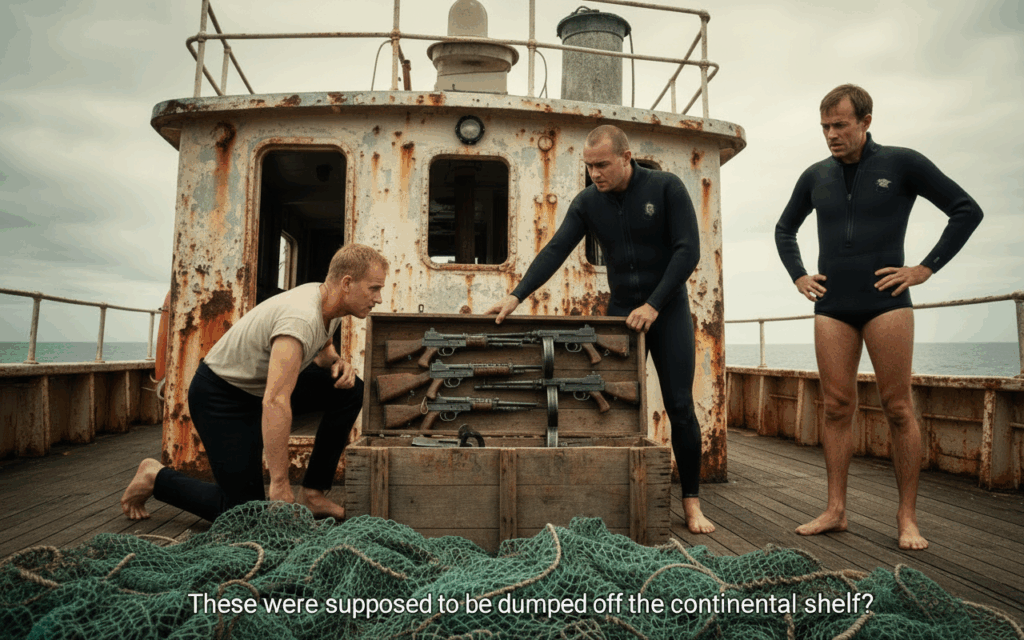My father shared a policing proverb with me when I entered the police academy in 1976: “If a conspiracy is suspected, it likely doesn’t exist; and if it does exist, it remains unsuspected.”
During the war with Japan, the military was preparing a vast array of arms, meticulously wrapped in grease paper and coated in grease for maritime transport. Unbeknownst to Australia, the development of nuclear weapons meant that these arms would ultimately be unnecessary. By the late 1950s, the government contracted maritime vessels to dispose of the surplus weaponry, opting to discard them in the deep waters off the east coast rather than disposing of them on the continental shelf.
As the 1960s rolled in, fishing trawlers grew larger, equipped with stronger nets capable of diving deeper. Crate after crate of these forgotten arms began to resurface. Cash-strapped fishermen started selling them on the black market as “Relics of War.” Some were recovered by the Queensland Water Police, but many were not, leading to a widespread, often overlooked underground trade. Today, numerous wartime relics remain hidden in buried PVA pipes beneath fence lines or tucked away in state forests. Should an invasion ever occur, these arms may once again see the light of day.

Many people view the AUA as just another conspiracy theory, but my investigation into this topic reveals a more complex reality. While the members may not formally know each other, they are largely descendants of ANZAC families scattered throughout Australia—individuals connected by their shared wartime heritage. The pre-internet era means there are communication links but it’s likely that these families would rapidly unite if an invasion were to occur.
Additionally, there are those who have been discreetly gathering relics recovered from the low-oxygen depths of the ocean—relics that remain in remarkably good condition, preserved just as they were when initially packed away. It’s difficult to estimate how many arms are buried or hidden in various locations, but an intriguing coincidence occurred just before the Howard “Buyback” program (the “buy back what you don’t own” program) there was a three to six month shortage of specific sizes of PVA pipes and caps. Based on the lengths of pipe needed for a rifle and other means of concealment, it’s plausible that there are rifles, submachine guns, tank guns, and light artillery stockpiled underground that occurred before the internet came into existence. This is in addition to the imported semi-automatics that were never registered. Case in point the 120,000 SKS semi-auto rifles that imported, only a few thousand were ever handed in. Where are they today?
History tells us that “Prohibition” never work, the people always find away to treat the “prohibition” as a “rule meant to be broken”.
What You Didn’t Know: